Home>Interior Design>10 Space-enhancing Small Bedroom Design Tricks I Always Use
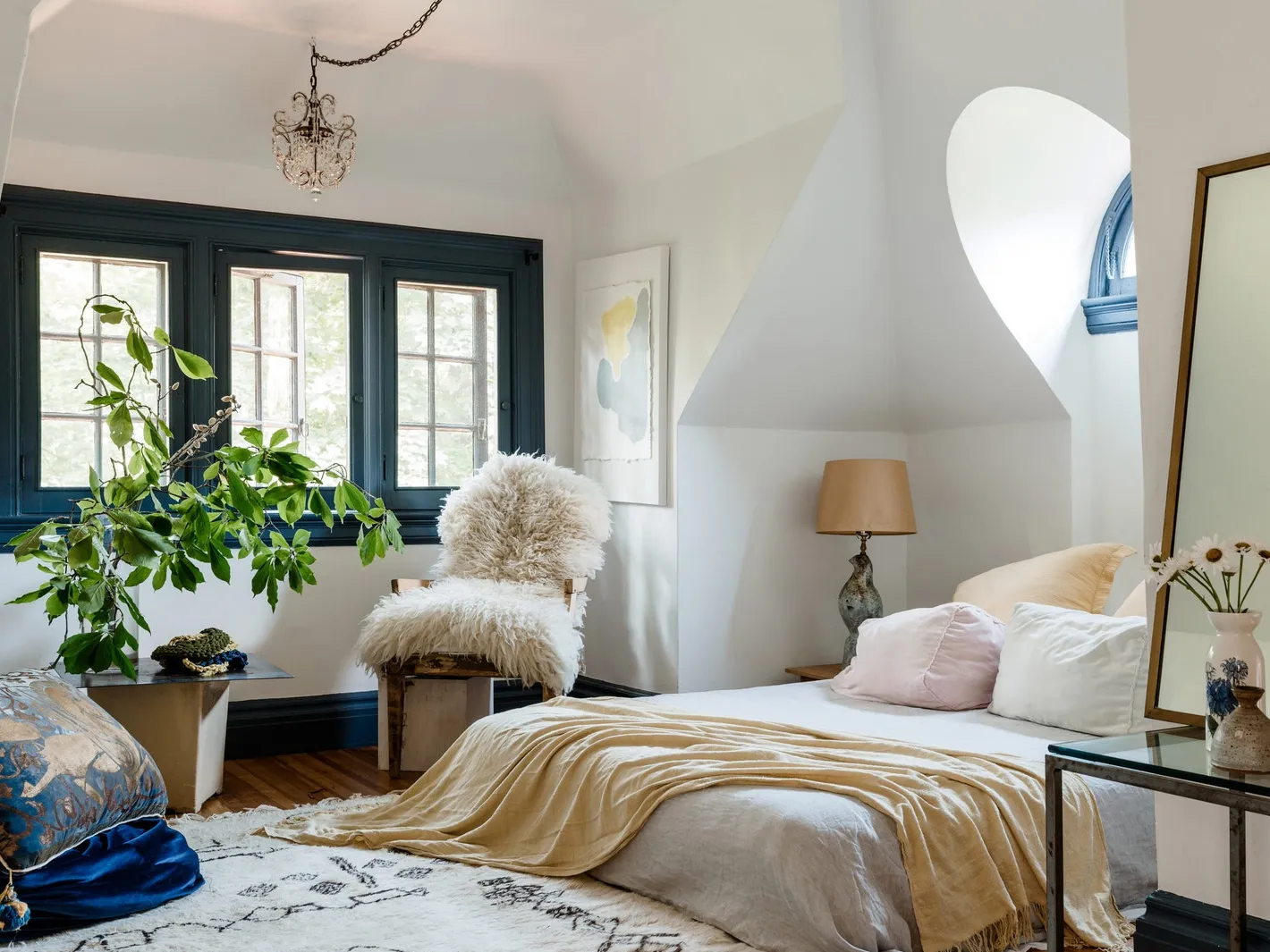

Interior Design
10 Space-enhancing Small Bedroom Design Tricks I Always Use
Modified: October 20, 2024
Discover 10 space-enhancing design tricks I always use in small bedrooms. Let our expert interior designers transform your space into a stylish and functional sanctuary.
(Many of the links in this article redirect to a specific reviewed product. Your purchase of these products through affiliate links helps to generate commission for Storables.com, at no extra cost. Learn more)
Declutter and Simplify
When it comes to small bedroom design, the first and most important step is to declutter and simplify. A cluttered space can make a room feel cramped and overwhelming, so it’s essential to create a sense of openness and organization. Here are some tricks that I always use to declutter and simplify a small bedroom:
- Get rid of unnecessary items: Start by going through your belongings and getting rid of anything that you no longer need or use. Donate or sell items that are in good condition, and throw away anything that is damaged or no longer functional. This will instantly free up space and make your bedroom feel more spacious.
- Maximize closet space: Make the most of your closet space by utilizing organizers and storage solutions such as hanging shoe racks, shelf dividers, and drawer organizers. This will help you efficiently store and neatly arrange your clothing, shoes, and accessories, reducing clutter in the rest of the room.
- Invest in storage furniture: Consider investing in furniture pieces that offer extra storage options, such as a bed frame with built-in drawers or a nightstand with shelves. These furniture pieces allow you to keep essential items within reach while keeping the room tidy and clutter-free.
- Use vertical space: Take advantage of vertical space by installing shelves or wall-mounted organizers. This will allow you to store items such as books, decorative objects, or even small plants, without taking up valuable floor space.
- Keep surfaces clear: Avoid cluttering surfaces such as dressers or nightstands with too many items. Instead, opt for a minimalist approach with only a few carefully selected items, such as a lamp, a small plant, or a favorite photo frame.
- Organize with baskets and bins: Use baskets and bins to keep small items, such as accessories or electronics, neatly organized and out of sight. Choose coordinating containers that not only serve a functional purpose but also add to the overall aesthetic of the room.
- Utilize under-bed storage: Don’t let the space under your bed go to waste. Invest in storage containers or bags that can slide easily under the bed, providing ample space for storing seasonal clothing, extra bedding, or other items that are not frequently used.
- Create a designated workspace: If your bedroom doubles as a workspace, create a designated area for work-related items. Use a desk organizer or wall-mounted shelves to keep supplies and paperwork organized, ensuring that they don’t clutter the rest of the room.
- Regularly declutter and reevaluate: Make decluttering and simplifying a regular part of your routine. Take the time every few months to go through your belongings and reassess what you truly need. This will help you maintain a clutter-free and organized small bedroom.
By decluttering and simplifying your small bedroom, you can make the space feel larger, more inviting, and more relaxing. Implementing these tricks will not only enhance the aesthetic appeal of your bedroom but also create a functional and peaceful environment for rest and rejuvenation.
Key Takeaways:
- Declutter and simplify your small bedroom by getting rid of unnecessary items, maximizing closet space, and utilizing vertical storage. Regularly declutter to maintain a peaceful and organized environment for rest and rejuvenation.
- Make the most of your small bedroom by incorporating multipurpose furniture, choosing light colors and patterns, and strategically using mirrors to create visual space. Enhance the room with floating shelves, accent walls, and effective lighting for a well-lit and inviting atmosphere.
Utilize Vertical Space
When working with a small bedroom, it’s crucial to make the most of every available inch of space. One effective strategy for maximizing space is to utilize vertical space. By thinking vertically, you can create storage solutions and design elements that add both functionality and style to the room. Here are some tips on how to utilize vertical space in your small bedroom:
- Install wall-mounted shelves: Installing shelves on the walls not only creates additional storage space but also adds visual interest to the room. Choose slim and sleek shelves that don’t protrude too much into the room, and arrange them in a way that complements the overall design aesthetic.
- Consider tall storage cabinets: Instead of using traditional short dressers or nightstands, opt for tall storage cabinets that take advantage of the vertical space. These cabinets can provide ample storage for clothing, accessories, and other items, while still maintaining a small footprint in the room.
- Use floor-to-ceiling curtains: Hanging curtains from ceiling height to floor length creates the illusion of taller ceilings and makes the room feel more spacious. Choose light and airy fabrics that allow natural light to filter through and enhance the overall brightness of the room.
- Invest in a loft bed: Loft beds are a fantastic solution for maximizing vertical space in a small bedroom. By raising the bed off the floor, you create additional space underneath that can be used for a desk, a seating area, or even extra storage. Loft beds are especially beneficial in shared or children’s bedrooms.
- Install a wall-mounted desk: If you need a workspace in your bedroom but don’t have the floor space for a traditional desk, consider installing a wall-mounted desk. This space-saving option provides a designated area for work or study without taking up valuable floor space.
- Hang floating shelves: Floating shelves are a stylish and functional way to utilize vertical space. They can be installed on empty walls or above furniture, providing a place to display decorative items or store books and accessories.
- Use vertical storage containers: Invest in storage containers or baskets that can be stacked on top of each other to maximize vertical space. These containers can be used to store clothing, shoes, or other items under the bed or in closets, keeping them organized and out of sight.
- Install a wall-mounted TV: If you enjoy watching TV in bed, consider mounting your television on the wall. This frees up surface space and gives the illusion of a larger room. Just make sure to position it at a comfortable viewing height.
- Utilize over-door storage: The back of a door is often an underutilized space. Consider installing an over-door storage rack or hooks to hang items such as towels, accessories, or bags. This keeps them organized and prevents clutter on the floor or other surfaces.
- Hang artwork or mirrors: Adding artwork or mirrors to the walls not only enhances the aesthetic appeal of the room but also draws the eyes upward, creating the illusion of higher ceilings. This trick helps to visually expand the space and make it feel more open.
By utilizing vertical space effectively, you can transform a small bedroom into a functional and visually appealing oasis. Whether through wall-mounted shelves, loft beds, or creative storage solutions, thinking vertically is the key to making the most of limited space and optimizing your small bedroom’s layout.
Opt for Multipurpose Furniture
In a small bedroom, every piece of furniture should serve a purpose and maximize functionality. One of the best ways to achieve this is by opting for multipurpose furniture. By choosing furniture pieces that can perform multiple functions, you can save space and make your small bedroom more versatile. Here are some ideas on how to incorporate multipurpose furniture in your small bedroom:
- Sleeper sofa or futon: If your small bedroom also doubles as a seating area or guest room, consider investing in a sleeper sofa or futon. During the day, it can be used as a comfortable place to sit, and at night, it can transform into a bed for guests.
- Storage ottoman: A storage ottoman is not only a stylish addition to your bedroom but also provides hidden storage space. Use it as a footrest or extra seating, and lift the top to reveal a space for storing blankets, pillows, or other items.
- Bed with built-in storage: Instead of a regular bed frame, choose a bed with built-in storage drawers. These drawers offer extra space to stow away clothing, shoes, bedding, or any other items you want to keep out of sight but easily accessible.
- Wall-mounted folding desk: A wall-mounted folding desk is a fantastic space-saving solution for a small bedroom. When not in use, you can fold it up against the wall to free up floor space. Open it when you need a workspace or vanity area.
- Bookcase with integrated desk: Look for a bookcase that includes a built-in desk. This combination allows you to store books and display decorative items while providing a dedicated area for work or study. It’s a smart choice for those who need a workspace but have limited floor space.
- Nightstand with drawers or shelves: Instead of a basic nightstand, select one with drawers or shelves for added storage. This way, you have a convenient place to keep your essentials like books, reading glasses, or a glass of water, while also utilizing the space for organization.
- Wardrobe with a mirror: Consider investing in a wardrobe that has a full-length mirror on one of its doors. This not only saves space by combining two essential items into one but also eliminates the need for a separate floor or wall-mounted mirror.
- Foldaway Murphy bed: A Murphy bed is a bed that folds up vertically into a cabinet or wall when not in use. This ingenious furniture piece allows you to have a comfortable sleeping area without taking up valuable floor space during the day.
- Room divider with built-in storage: If you need to create some separation in your bedroom or make use of an awkward corner, consider a room divider that also offers storage compartments. This dual-purpose furniture piece adds functionality and visually divides the space.
- Folding chairs or nesting tables: When you occasionally need extra seating or surface space, folding chairs and nesting tables are convenient to have. They can be easily stored away when not in use, allowing you to maximize space in your small bedroom.
Choosing multipurpose furniture is a clever way to optimize the layout and functionality of a small bedroom. These versatile pieces not only save space but also add style and convenience to your living space. With the right combination of furniture, you can create a room that meets all your needs without sacrificing comfort or design.
Choose Light Colors and Patterns
When it comes to small bedroom design, color plays a crucial role in creating the illusion of space and light. Opting for light colors and patterns can significantly enhance the visual appeal and perceived size of your small bedroom. Here are some tips on how to choose and incorporate light colors and patterns effectively:
- Opt for a light color palette: Choose light, neutral colors like whites, creams, pastels, or soft grays as the primary color scheme for your small bedroom. Light colors reflect natural and artificial light, creating a bright and airy ambiance that makes the room feel more spacious.
- Use contrasting accents: While a light color palette is preferable for the main elements in your bedroom, you can add pops of contrasting colors for accents. This adds visual interest and depth to the room without overwhelming the space.
- Avoid dark or bold wallpaper: Instead of using dark or bold wallpaper, opt for light and subtle patterns that won’t overpower the room. Choose patterns like delicate florals or simple geometric designs that add a touch of elegance and visual texture.
- Consider vertical stripes: Vertical stripes can create the illusion of higher ceilings and elongate the walls, making the room appear taller and more spacious. Incorporate vertical stripes in your bedding, curtains, or wallpaper to visually expand your small bedroom.
- Utilize monochromatic color schemes: Working with a monochromatic color scheme can make a small bedroom feel cohesive and visually larger. Choose shades of the same color family for your walls, furniture, and accessories to create a harmonious and spacious look.
- Integrate natural elements: Incorporate natural elements into your small bedroom design to create a calming and refreshing atmosphere. Use light-colored wooden furniture or flooring, or add touches of green with indoor plants to bring a sense of the outdoors inside.
- Utilize texture for visual interest: Light colors don’t mean your room has to be monotonous. Play with different textures to add depth and visual interest. Incorporate textured bedding, throw pillows, or a textured area rug to create a cozy and inviting atmosphere.
- Let natural light shine through: Take advantage of natural light by keeping windows clear and unobstructed. Use sheer curtains or blinds that allow light to filter in while still providing privacy. Natural light not only makes the room feel brighter but also creates a sense of openness.
- Strategically place mirrors: Place mirrors strategically to reflect light and create the illusion of a larger space. Hang a large mirror on a wall opposite a window or position smaller mirrors strategically to bounce light around the room and enhance its overall brightness.
- Limit the use of dark furniture: Dark furniture can make a small bedroom feel heavy and closed-in. Opt for light-colored furniture pieces that blend with the overall color scheme of the room. If you already have dark furniture, balance it out with lighter accessories or a light-colored bedspread.
By choosing light colors and patterns, you can visually expand your small bedroom and create a serene and inviting space. Whether it’s through a light color palette, subtle patterns, or clever use of natural light and mirrors, incorporating these design choices will make your small bedroom feel more open, airy, and aesthetically pleasing.
Use Mirrors to Create Visual Space
Mirrors are one of the most effective tools for creating the illusion of space in a small bedroom. They not only reflect light and visually expand the room but also add a touch of elegance and style. Here are some tips on how to strategically use mirrors to create visual space in your small bedroom:
- Full-length mirror: A full-length mirror is a must-have in a small bedroom. Place it on a wall or the back of a door to create the illusion of a larger space. The mirror will reflect light and give the impression of a longer and more open room.
- Mirrored furniture: Incorporate mirrored furniture into your small bedroom to add a touch of glamour and make the space appear larger. Choose items like a mirrored dresser, bedside tables, or a vanity with a mirrored surface. The reflective nature of these pieces will bounce light around the room and create a sense of spaciousness.
- Mount a mirror opposite a window: Positioning a mirror directly across from a window allows it to reflect natural light and bring more brightness into the room. This technique not only enhances the overall illumination of the space but also gives the impression of an additional window.
- Create a mirror gallery wall: Instead of using a single large mirror, consider creating a gallery wall with an arrangement of smaller mirrors. This not only adds a decorative touch but also reflects light from multiple angles, making the room feel more expansive.
- Place mirrors behind light sources: Strategically position mirrors behind light fixtures, such as table lamps or wall sconces. This will amplify the light and create a sense of depth and spaciousness in your bedroom.
- Choose mirrors with decorative frames: Opt for mirrors with decorative frames that complement the style of your small bedroom. The frame adds visual interest and acts as a statement piece while still serving its functional purpose of reflecting light and creating the illusion of space.
- Install a mirror on closet doors: If your bedroom has a closet with sliding doors, consider replacing one or more panels with mirrored doors. This not only saves space but also reflects light and visually expands the room.
- Use a mirrored backsplash: If your small bedroom has a vanity or desk area, consider using a mirrored backsplash. This adds a luxurious and spacious feel to the space and reflects light, making the area brighter and more visually appealing.
- Hang mirrors at different heights: For a unique and visually interesting look, hang mirrors at various heights on the walls of your bedroom. This adds depth and dimension while also bouncing light around the room, making it feel larger and more open.
- Combine mirrors with artwork: Create a captivating and visually appealing display by combining mirrors with artwork. Hang mirrors alongside framed art on the same wall to add depth and create a focal point in your small bedroom.
By strategically incorporating mirrors into your small bedroom design, you can create the illusion of more space and enhance the overall aesthetic appeal. Whether it’s through a full-length mirror, mirrored furniture, or a gallery wall, these reflective surfaces will make your bedroom feel brighter, larger, and more inviting.
Use multi-functional furniture like a bed with built-in storage or a desk that can also serve as a bedside table to maximize space in a small bedroom.
Incorporate Hidden Storage Solutions
Storage is often a challenge in small bedrooms, but it’s important to keep the space organized and clutter-free. To make the most of your small bedroom, consider incorporating hidden storage solutions that maximize space and maintain a clean and tidy environment. Here are some ideas for incorporating hidden storage in your small bedroom:
- Under-bed storage: Utilize the space under your bed by using storage containers or bins specifically designed to fit underneath. This area is perfect for storing out-of-season clothing, extra bedding, or any items you don’t use on a daily basis.
- Built-in closet organizers: Customize your closet with built-in organizers to maximize space and create a more efficient storage system. Incorporate features like shelves, drawers, hanging rods, and shoe racks to keep your items neatly organized and easily accessible.
- Hidden storage benches: Instead of traditional seating, opt for storage benches that double as seating and concealed storage. These benches are perfect for storing extra blankets, pillows, or even shoes while providing a comfortable place to sit.
- Fold-down desk: If you need a workspace but have limited floor space, consider a fold-down desk that can be mounted on the wall. When not in use, simply fold it up to create more room in your small bedroom.
- Wall-mounted shelves with hidden storage: Install wall-mounted shelves that have hidden compartments. These ingenious shelves offer both open display space for decor and discrete storage areas where you can stash small items like jewelry, keys, or accessories.
- Behind-the-door storage: Maximize the space behind your bedroom door by utilizing over-the-door storage racks or hooks. Hang items like scarves, belts, or bags to keep them organized and easily accessible without taking up valuable closet space.
- Storage headboard: Choose a headboard that incorporates hidden storage compartments. This clever solution lets you store books, magazines, or other items close at hand while also serving as a stylish focal point for your small bedroom.
- Concealed storage nightstands: Opt for nightstands with hidden drawers or compartments that keep your nighttime essentials within reach while keeping the surface clutter-free. This allows for a clean and organized look in your small bedroom.
- Vertical wall storage: Install vertical wall storage units that offer multiple shelves or pockets to store and organize smaller items such as jewelry, accessories, or stationery. This optimizes wall space and keeps your small bedroom free from clutter.
- Multi-tiered hanging organizers: Hang multi-tiered hanging organizers inside your closet or on the back of the bedroom door. These organizers are perfect for storing shoes, folded clothes, or other accessories without taking up valuable floor or shelf space.
By incorporating hidden storage solutions, you can keep your small bedroom organized and clutter-free while maximizing the use of space. From under-bed storage to concealed storage benches and built-in closet organizers, these hidden storage options will help you maintain a tidy and efficient small bedroom, creating a calm and inviting atmosphere.
Hang Curtains Higher and Wider
When it comes to small bedroom design, the way you dress your windows can have a significant impact on the overall look and feel of the room. One effective technique to create the illusion of space and add visual height is to hang curtains higher and wider than the actual window frames. Here are some reasons why and tips on how to hang curtains higher and wider in your small bedroom:
1. Creates the illusion of height: By hanging curtains closer to the ceiling, you draw the eyes upward, making the room appear taller. This tricks the eye into perceiving more vertical space and creates a sense of airiness and openness.
2. Makes the windows look larger: By extending the curtains wider than the window frames, you create the illusion of larger windows. This not only allows more natural light to enter the room but also gives the impression of a more significant architectural feature.
3. Enhances natural light: By hanging curtains higher and wider, you allow more natural light to fill the room. This brightens up the space, creates a sense of warmth, and adds to the overall feeling of openness.
To achieve the desired effect, follow these tips:
1. Measure properly: Measure the height from the floor to the desired point where you want to hang your curtains. This can be just below the ceiling or several inches above the window frame.
2. Select the right curtain length: Choose curtains that are long enough to reach the floor or slightly puddle on the floor for an elegant touch. This helps create a sleek, streamlined look that emphasizes the vertical aspect of the room.
3. Use curtain rods or tracks: Install curtain rods or tracks that extend beyond the window frames on both sides. This allows the curtains to be drawn completely to the sides, giving the illusion of wider windows and maximizing natural light.
4. Consider floor-to-ceiling curtains: If privacy is not a concern, floor-to-ceiling curtains create a dramatic effect, making your small bedroom feel more spacious and luxurious.
5. Choose light and sheer fabrics: Opt for lightweight, sheer fabrics that allow natural light to filter through while maintaining privacy. Light colors and sheer materials contribute to the overall brightness and openness of the room.
6. Integrate curtain tiebacks: Use curtain tiebacks or holdbacks to pull the curtains to the sides when they are open. This further enhances the illusion of wider windows and allows more light to enter the room.
7. Ensure proper drapery width: When choosing curtains, make sure they have enough width to cover the entire span of the window when closed. This ensures that the curtains look full and eliminates any gaps that may break the visual flow.
8. Consider ceiling-mounted tracks: For a sleek and modern look, you can opt for ceiling-mounted tracks instead of traditional curtain rods. This elevates the curtains even higher and gives the room a more contemporary feel.
By hanging curtains higher and wider, you can transform your small bedroom into a visually larger and more open space. This simple trick creates the illusion of height and ample natural light while adding an elegant and sophisticated touch to the overall design.
Create an Accent WallCreating an accent wall is a fantastic way to add visual interest and a focal point to your small bedroom. It’s a technique that allows you to experiment with bold colors, patterns, or textures without overwhelming the entire space. Here are some reasons why an accent wall can be beneficial and tips on how to create one in your small bedroom:
1. Adds depth and dimension: An accent wall can create the illusion of depth and make your small bedroom feel more spacious. By drawing attention to one wall, it adds visual interest and gives the impression of a larger room.
2. Defines the room’s style: An accent wall can help define the style and ambiance of your small bedroom. Whether you choose a vibrant color, a textured wallpaper, or a dramatic pattern, it can set the tone and create a unique atmosphere.
3. Highlights architectural features: If your small bedroom has unique architectural features, such as exposed brick, wooden beams, or a decorative wall niche, an accent wall can highlight and enhance these elements, making them stand out.
To create an accent wall, follow these tips:
1. Choose the right wall: Select the wall that will have the most impact and create the desired focal point in your small bedroom. Typically, this is the wall that the head of your bed is against or the wall opposite the entrance.
2. Select a bold color: Consider using a bold, contrasting color for your accent wall. This can be a vibrant shade, a deep hue, or a rich jewel tone that complements the rest of the room. Just be mindful not to choose a color that will overpower the space.
3. Experiment with wallpaper: Wallpaper is a versatile option for creating an accent wall. Choose a pattern or texture that adds interest and personality to your small bedroom. From floral designs to geometric shapes, there are countless options to explore.
4. Consider a textured finish: If you want to add depth and visual interest to your accent wall, consider using textured paint or a specialized paint technique, such as sponge painting or rag rolling. This adds tactile appeal and makes the wall a focal point in itself.
5. Integrate a statement piece: Enhance your accent wall by incorporating a statement piece of furniture, artwork, or a large mirror. This further draws attention to the wall and creates a cohesive and visually appealing design.
6. Balance with complementary elements: To maintain a sense of harmony, balance the boldness of the accent wall with complementary elements in the room. Choose furniture and accessories that coordinate with the color or pattern of the wall to create a cohesive look.
7. Don’t overdo it: Remember that the purpose of an accent wall is to create a focal point, so avoid creating multiple accent walls in your small bedroom. Stick to one wall to keep the design balanced and prevent the room from feeling too busy.
8. Consider lighting: Ensure that there is sufficient lighting to showcase your accent wall. Strategically place light fixtures, such as wall sconces or adjustable lamps, to highlight the wall and create a warm and inviting ambiance.
A well-designed accent wall can transform your small bedroom and add a touch of character and uniqueness to the space. Whether it’s a splash of bold color, an eye-catching pattern, or a textured finish, an accent wall creates a stunning focal point that elevates the overall design of your bedroom.
Install Floating ShelvesFloating shelves are a versatile and stylish storage solution that can maximize space and add a decorative element to your small bedroom. These shelves, which are mounted directly onto the wall without any visible supports, offer a sleek and minimalist look while providing practical storage for various items. Here’s why you should consider installing floating shelves in your small bedroom and some tips for incorporating them effectively:
1. Utilize vertical space: Floating shelves are an excellent way to make the most of vertical space in your small bedroom. By mounting them high on the walls, you can store items without taking up valuable floor space. This frees up the room and creates a more open and organized environment.
2. Display and organize: Floating shelves allow you to display and organize your favorite items, whether it’s books, decorative objects, candles, plants, or personal mementos. You can curate a visually appealing arrangement that adds personality and style to your bedroom.
3. Create a focal point: By installing floating shelves, you can create a focal point on a blank wall or highlight specific areas of your small bedroom. Arrange shelves in an eye-catching pattern or stagger them at different heights to add visual interest and draw attention to your favorite items.
4. Customize to fit your needs: Floating shelves come in a variety of sizes, shapes, and styles, allowing you to customize them to fit your specific storage needs and design preferences. Whether you prefer floating wooden shelves for a rustic touch or sleek, modern shelves, there are options to suit any aesthetic.
5. Keep everyday essentials within reach: Install floating shelves near your bed or workstation to keep everyday essentials easily accessible. This can include items like books, a reading lamp, alarm clock, or small organizers for pens and notebooks. Having these items within arm’s reach adds convenience and helps keep your small bedroom clutter-free.
6. Enhance a small workspace: If your small bedroom doubles as a workspace, floating shelves can serve as storage for office supplies, files, or decorative items. They can be installed above or beside a desk, keeping essential items close at hand while maintaining a tidy and organized workspace.
7. Install in unconventional spaces: Floating shelves can be installed in unconventional areas of your small bedroom to maximize storage. Consider mounting them above a doorframe, around a window, or even vertically on a narrow wall. These non-traditional placements offer additional storage without occupying valuable floor or surface space.
8. Balance functionality and aesthetics: When styling floating shelves, balance functionality and aesthetics. Group items together in visually appealing arrangements, utilizing a mix of decorative and functional objects. Consider incorporating plants, artwork, and small framed photos to add a personalized and inviting touch to your small bedroom.
Remember to install floating shelves securely, following the manufacturer’s instructions, and using appropriate wall anchors or stud finders to ensure stability. Additionally, consider the weight capacity of the shelves and distribute the load evenly to prevent any potential accidents.
By installing floating shelves in your small bedroom, you can optimize storage space, create a decorative focal point, and add a touch of personalization to your living space. Embrace the versatility and functionality of these shelves to enhance both the organization and aesthetics of your small bedroom.
Incorporate Natural Light and Artificial Lighting
Lighting is a crucial aspect of small bedroom design as it can significantly impact the overall atmosphere and functionality of the space. Incorporating both natural light and artificial lighting is essential to create a well-lit and inviting environment. Here are some tips on how to make the most of natural light and artificial lighting in your small bedroom:
1. Maximize natural light: Natural light not only brightens up the room but also makes it feel more spacious and open. Here’s how you can maximize natural light in your small bedroom:
- Keep windows clean and unobstructed to maximize the amount of light that enters the room.
- Choose sheer or light-colored curtains that allow natural light to filter through while still providing privacy.
- Remove or trim any outdoor foliage or obstacles that may block the sunlight from entering the room.
2. Add mirrors: Position mirrors strategically in your small bedroom to reflect natural light and create the illusion of a brighter space. Place mirrors opposite windows or in areas where they can bounce light and create a sense of depth and openness.
3. Select light-colored walls and furniture: Light-colored walls and furniture help maximize the reflection of natural light, making the room appear brighter and more spacious. Opt for soft tones such as whites, pastels, or light neutrals to create a fresh and airy atmosphere.
4. Layer your lighting: Artificial lighting is essential in a small bedroom to provide adequate illumination, especially during the evening or in areas with limited natural light. Layering your lighting helps create ambiance and flexibility. Consider the following types of lighting:
- Ambient lighting: This is the general, overall lighting of the room. It can be achieved through ceiling-mounted fixtures, recessed lights, or track lighting that illuminates the entire space.
- Task lighting: Task lighting focuses on specific areas where activities such as reading, working, or applying makeup take place. Consider desk or bedside lamps, wall-mounted sconces, or pendant lights to provide focused lighting where needed.
- Accent lighting: Accent lighting adds a decorative touch and highlights specific features or objects in your small bedroom. Use adjustable spotlight fixtures or picture lights to spotlight artwork, architectural elements, or displays on floating shelves.
- Dimmers: Install dimmer switches for the main lighting fixtures to adjust the brightness levels according to your mood or needs. Dimmers allow you to create a softer, more relaxing atmosphere in the evening or during nighttime routines.
5. Consider bedside lighting: Bedside lighting is essential for convenience and creating a cozy ambiance. Install wall-mounted sconces, adjustable reading lamps, or pendant lights on each side of the bed to provide functional task lighting for reading or relaxation.
6. Use lighting to highlight architectural features: If your small bedroom has unique architectural details such as exposed brick, textured walls, or ceiling beams, incorporate lighting fixtures to highlight these features. Use track lighting or wall-mounted fixtures to draw attention to these elements and add a touch of drama to the room.
7. Experiment with LED lighting: Consider using energy-efficient LED lights and bulbs, as they emit a brighter and whiter light compared to traditional incandescent bulbs. LED lights are also available in various color temperatures, allowing you to customize the lighting according to your preferences.
Remember to mix and match different types of lighting to create a layered and well-balanced effect in your small bedroom. This combination will ensure functionality, enhance the ambiance, and make the room feel more spacious and inviting.
By incorporating natural light and utilizing artificial lighting effectively, you can transform your small bedroom into a well-lit and comfortable space that meets both your functional and aesthetic needs.
Frequently Asked Questions about 10 Space-enhancing Small Bedroom Design Tricks I Always Use
Was this page helpful?
At Storables.com, we guarantee accurate and reliable information. Our content, validated by Expert Board Contributors, is crafted following stringent Editorial Policies. We're committed to providing you with well-researched, expert-backed insights for all your informational needs.
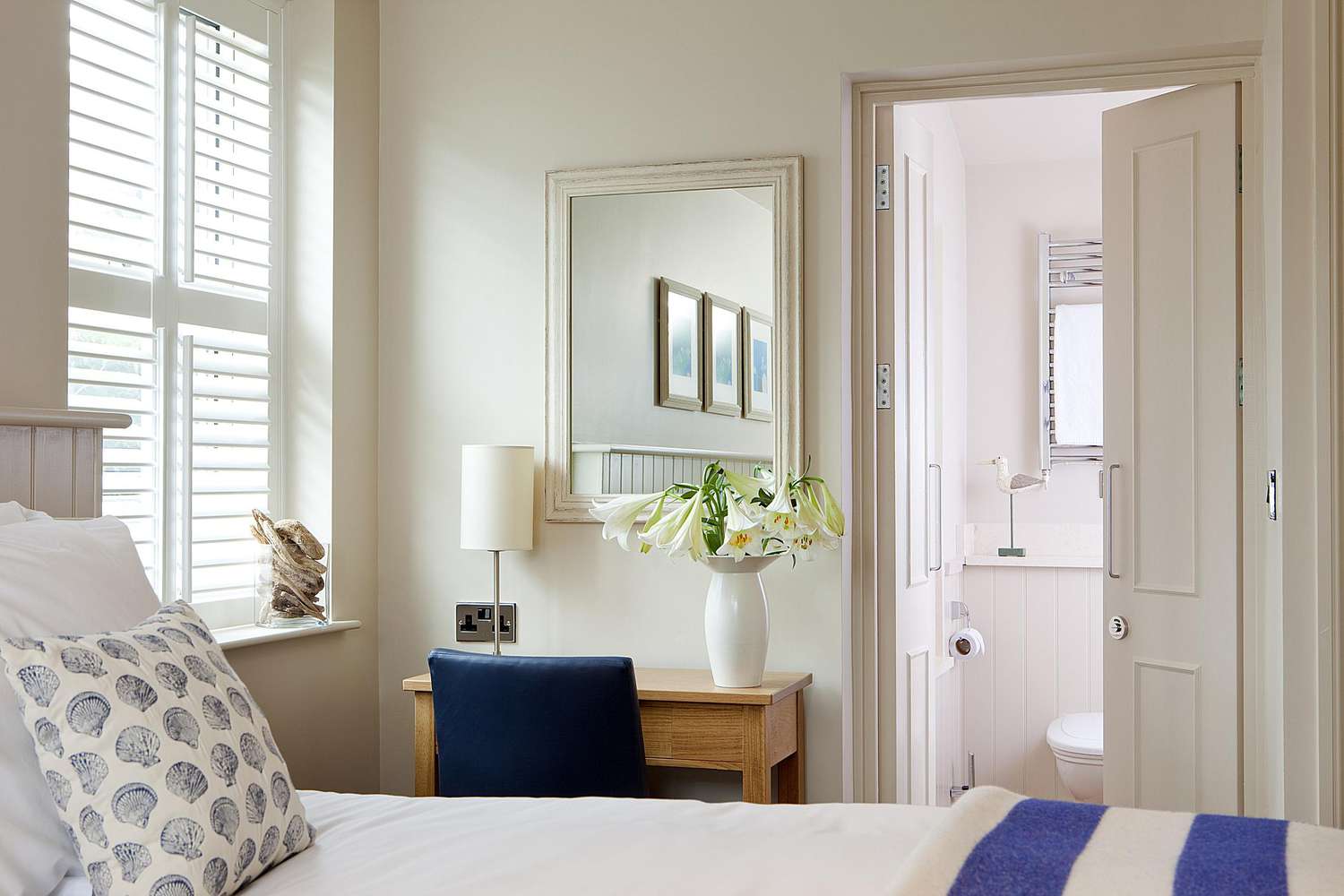
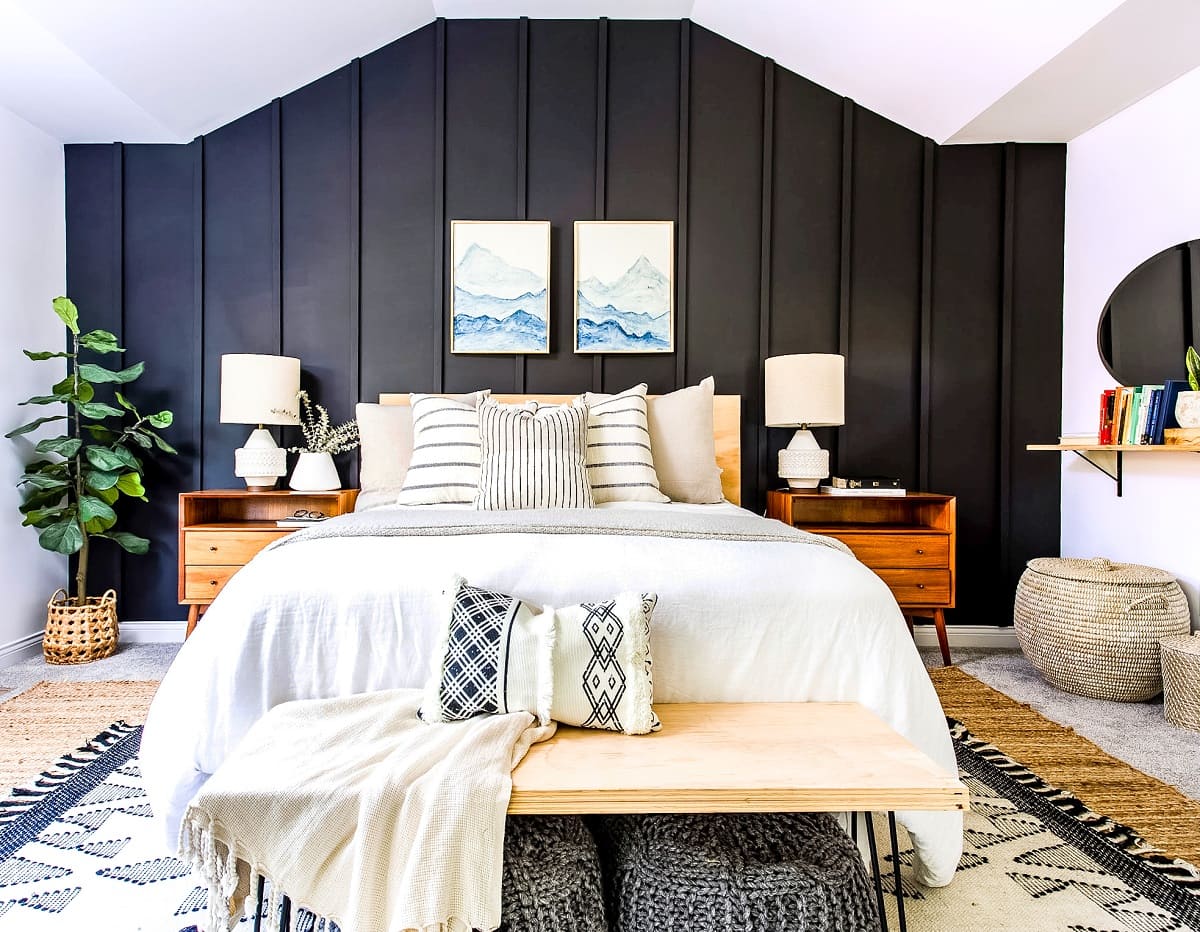
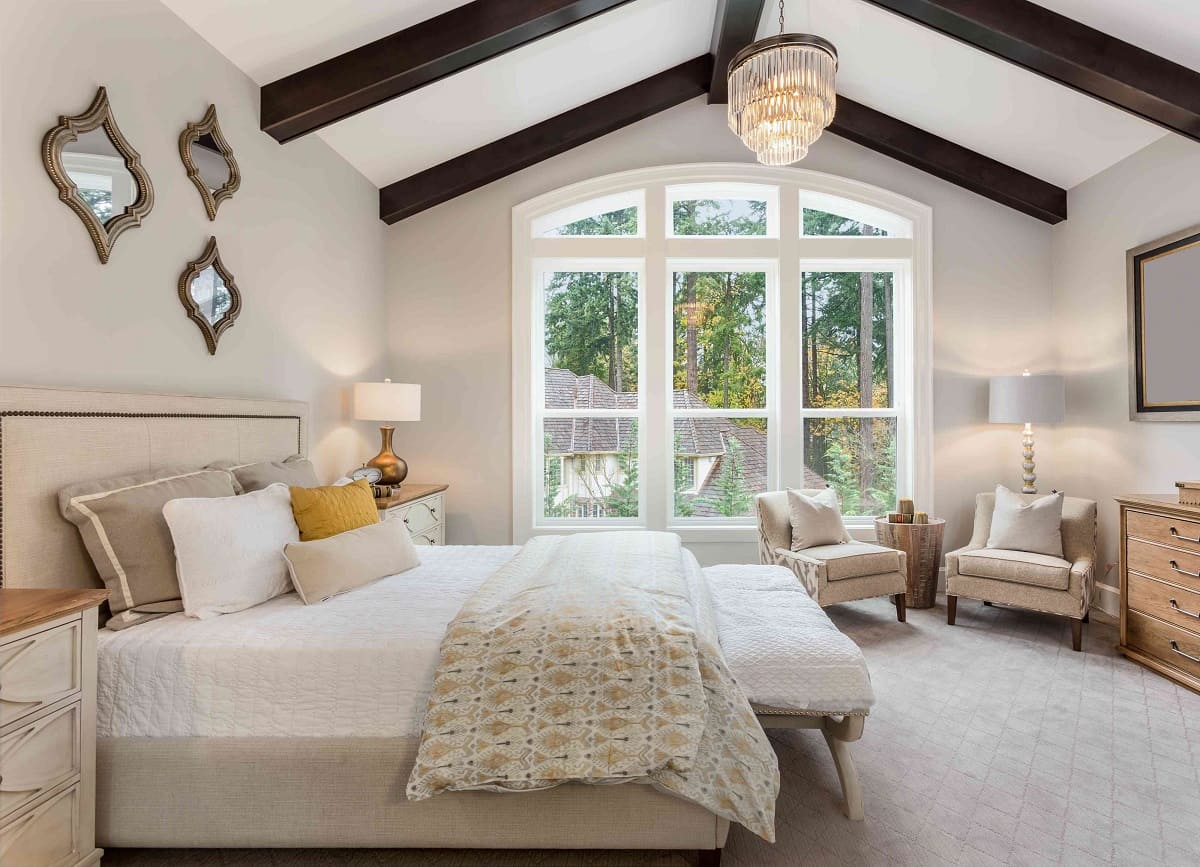
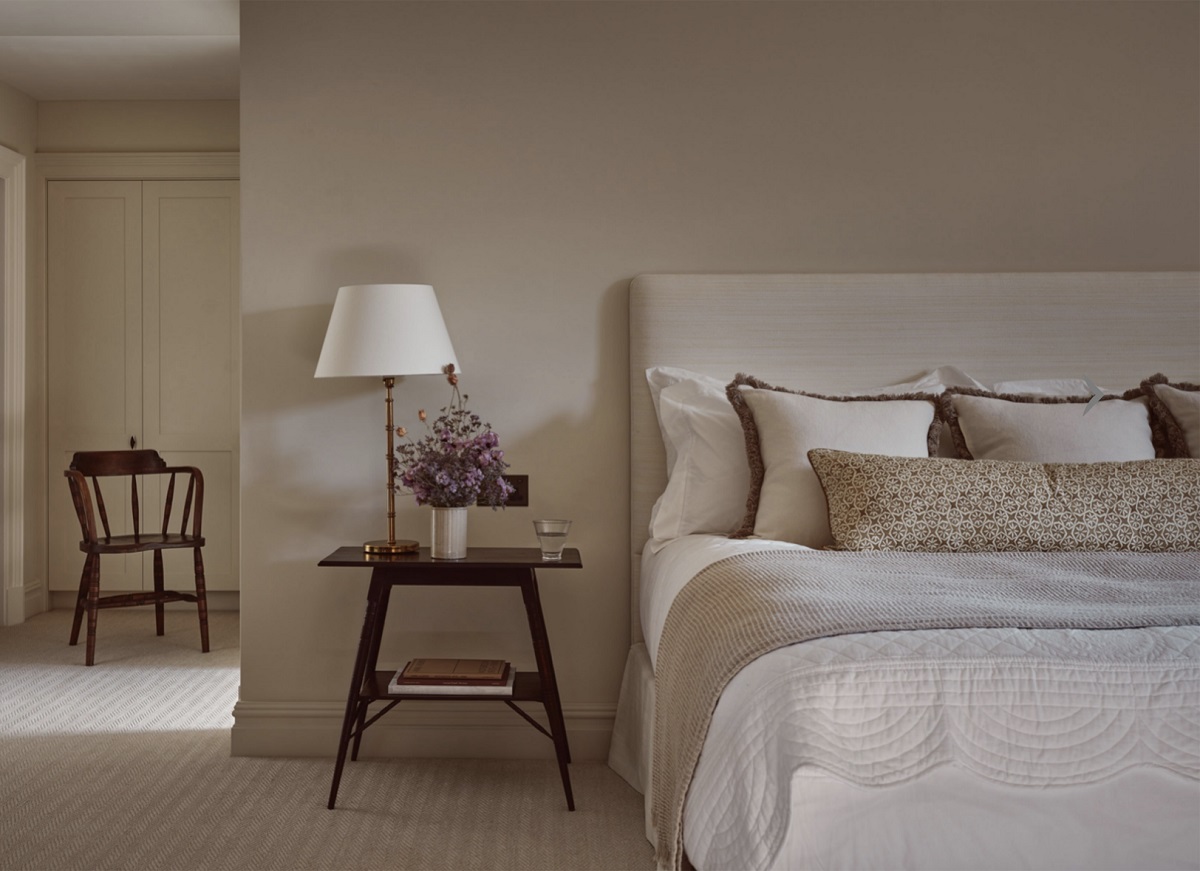
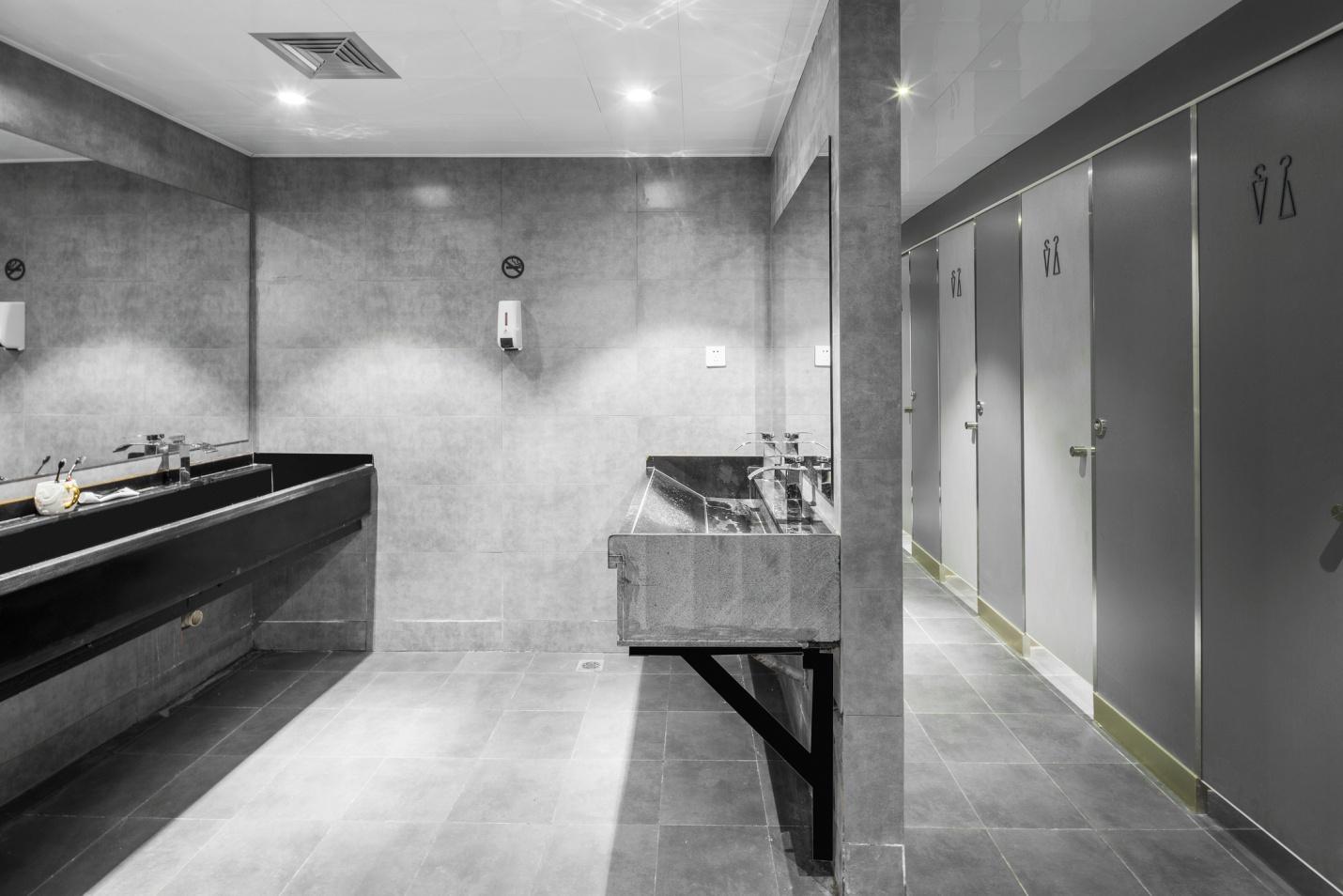
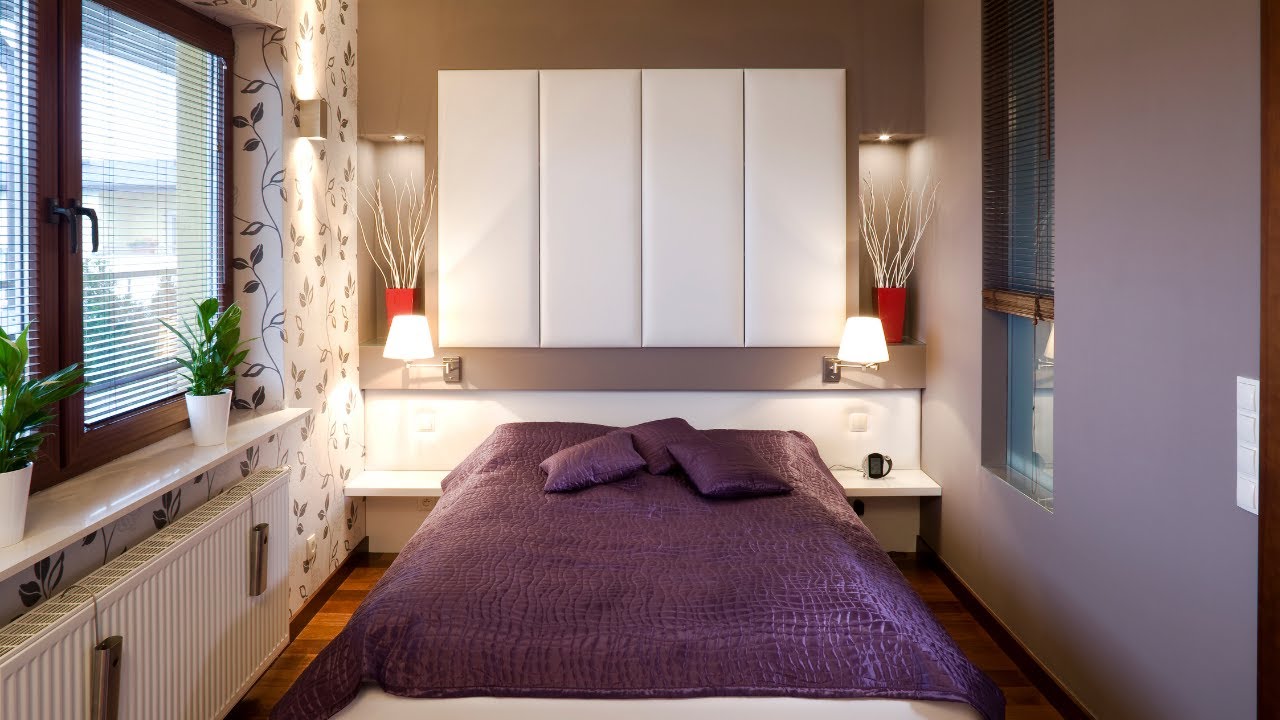
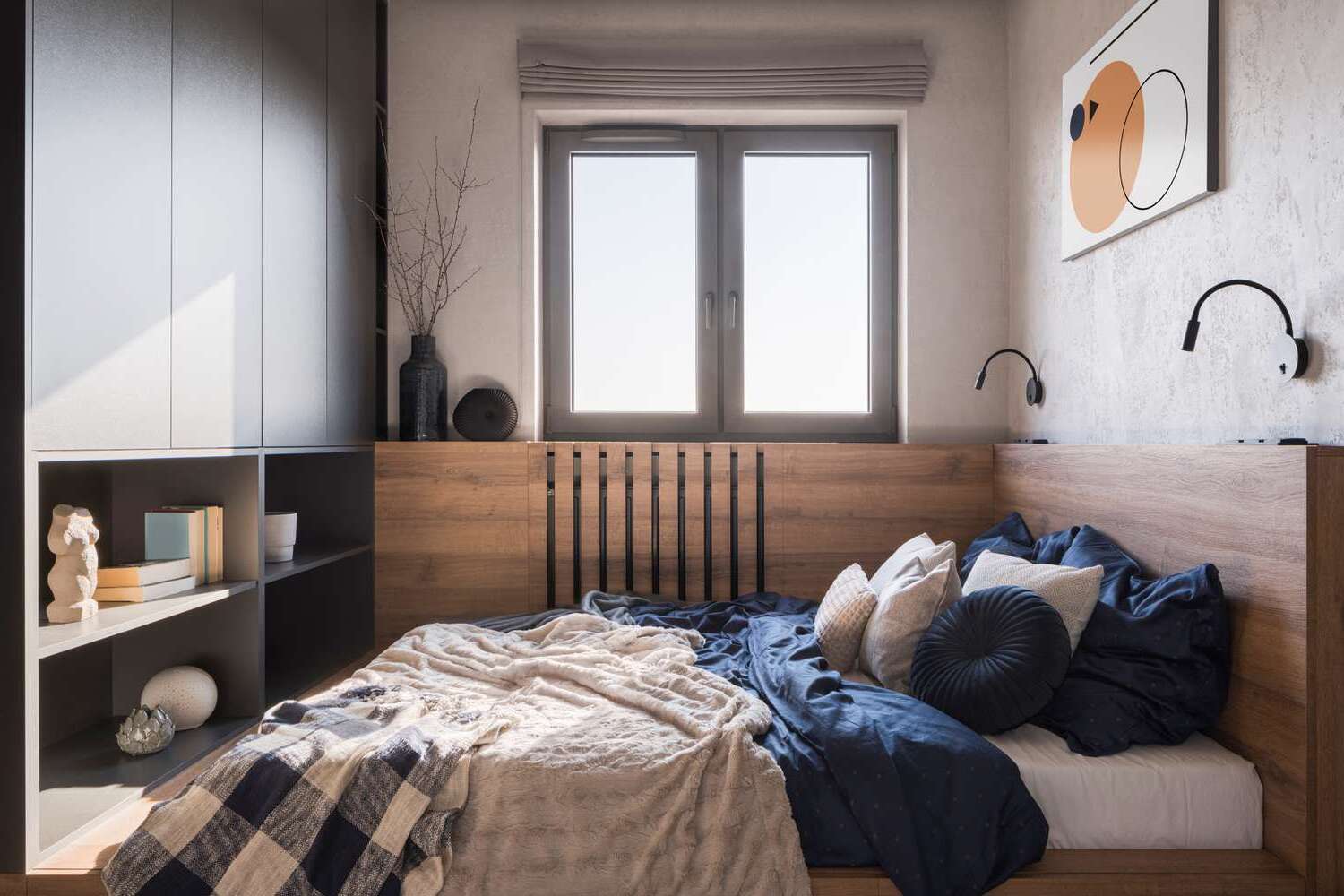
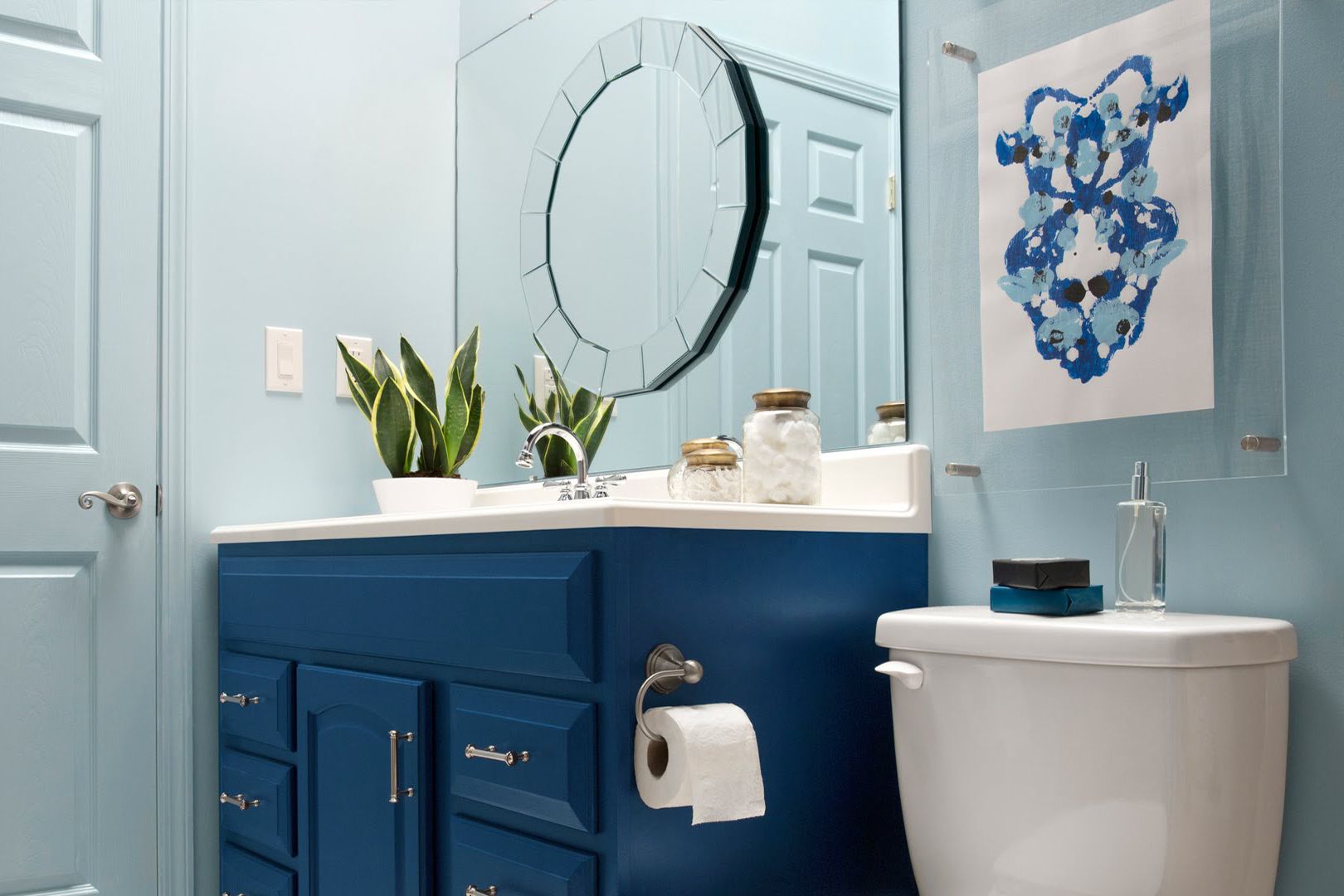
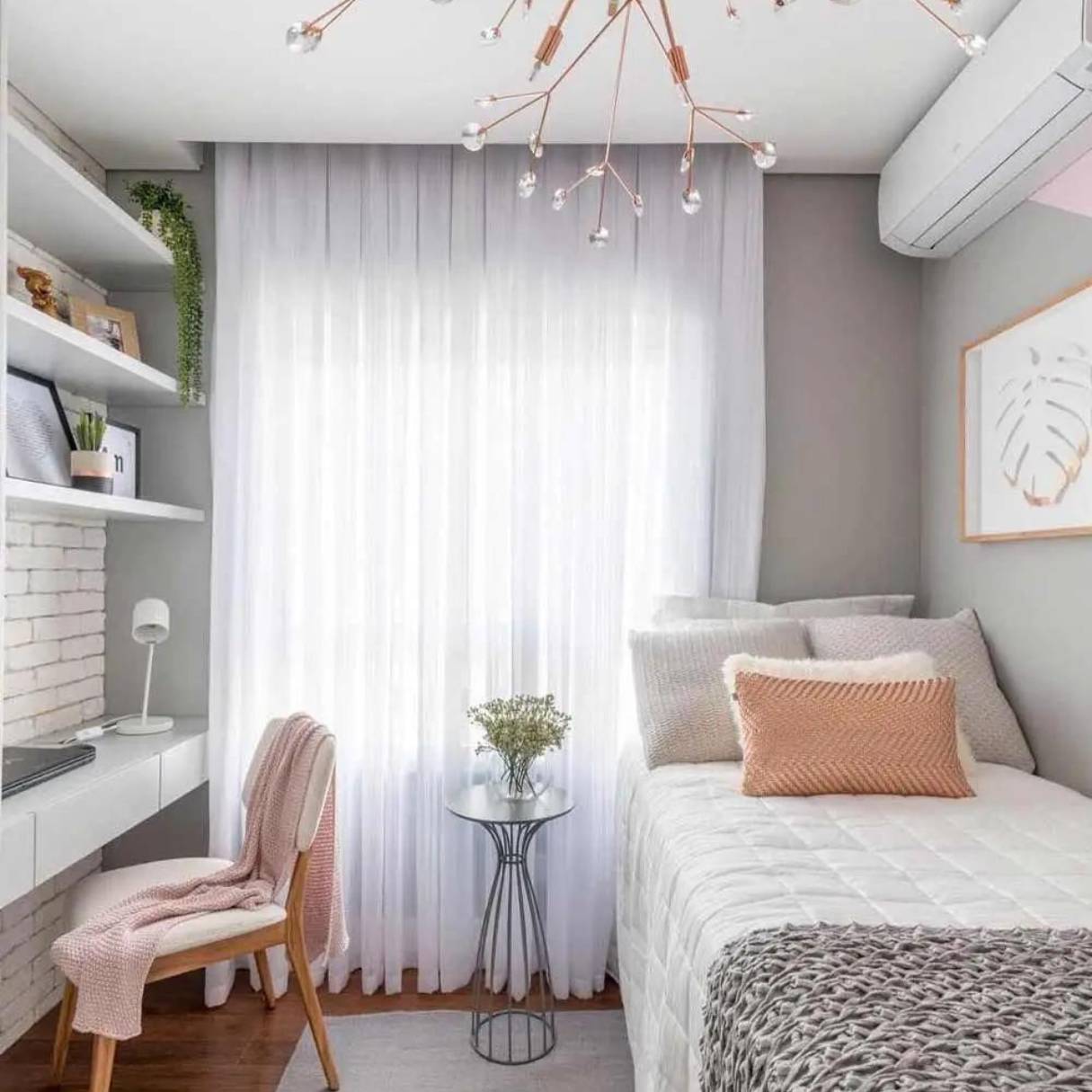
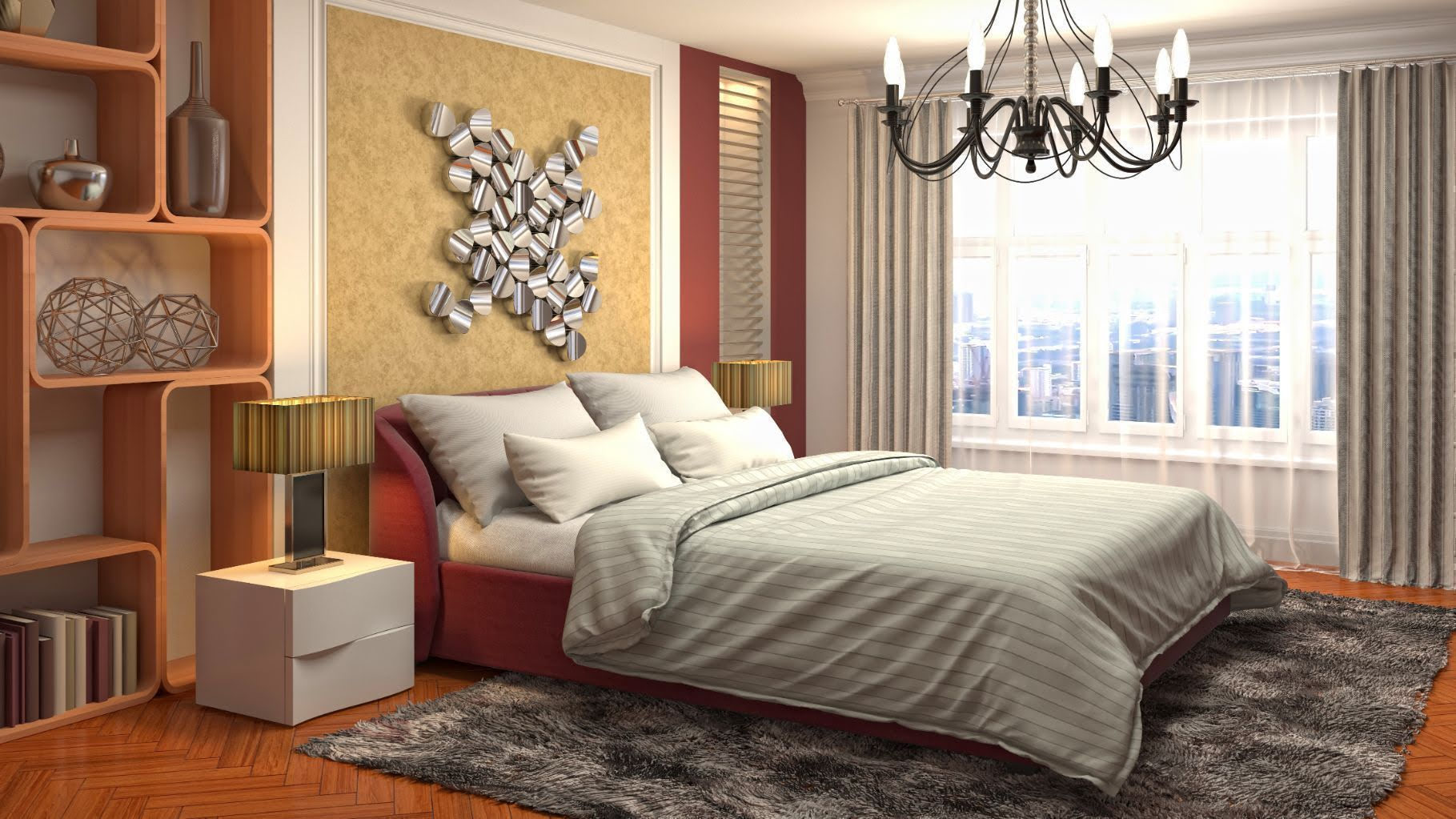
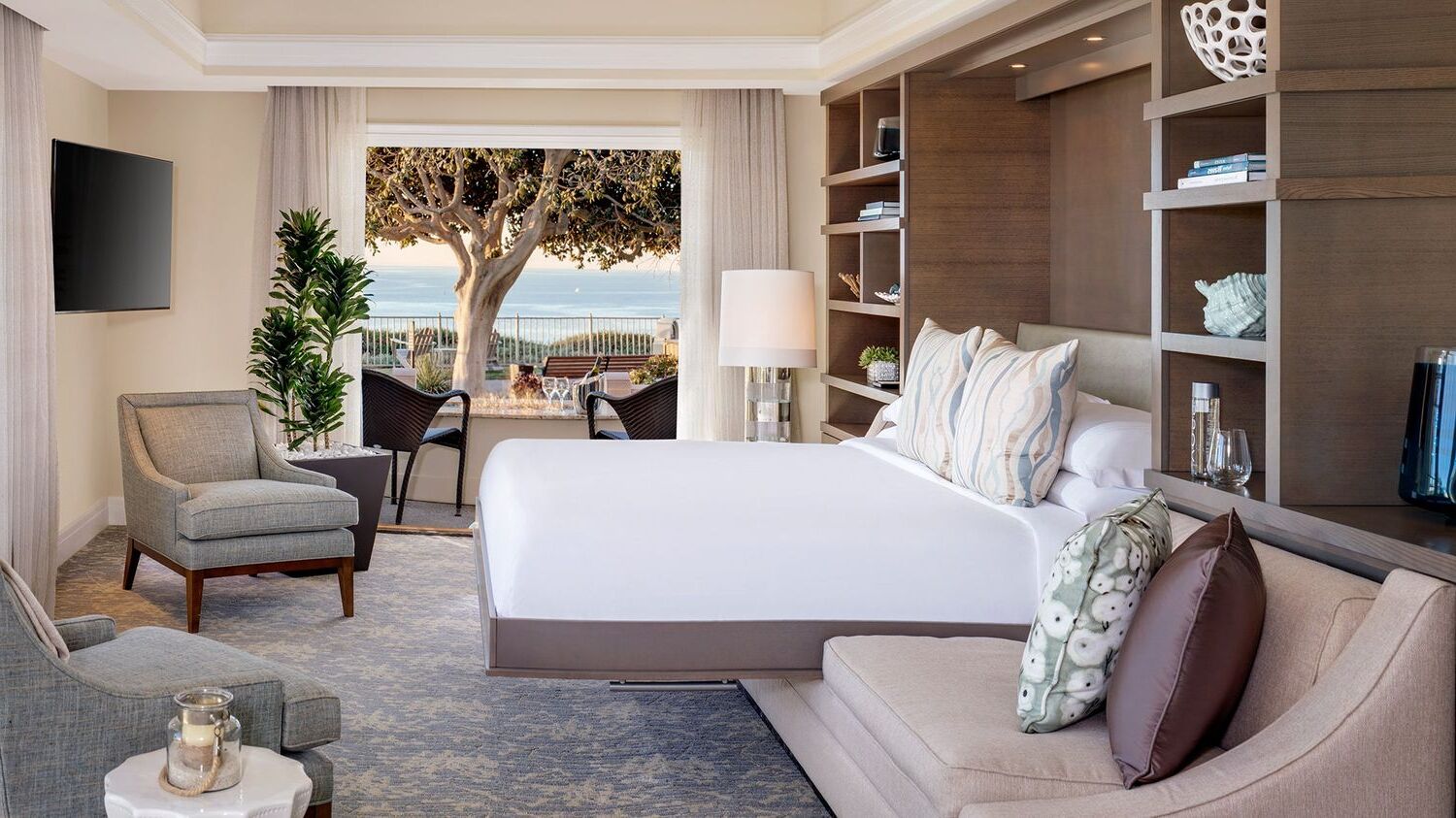
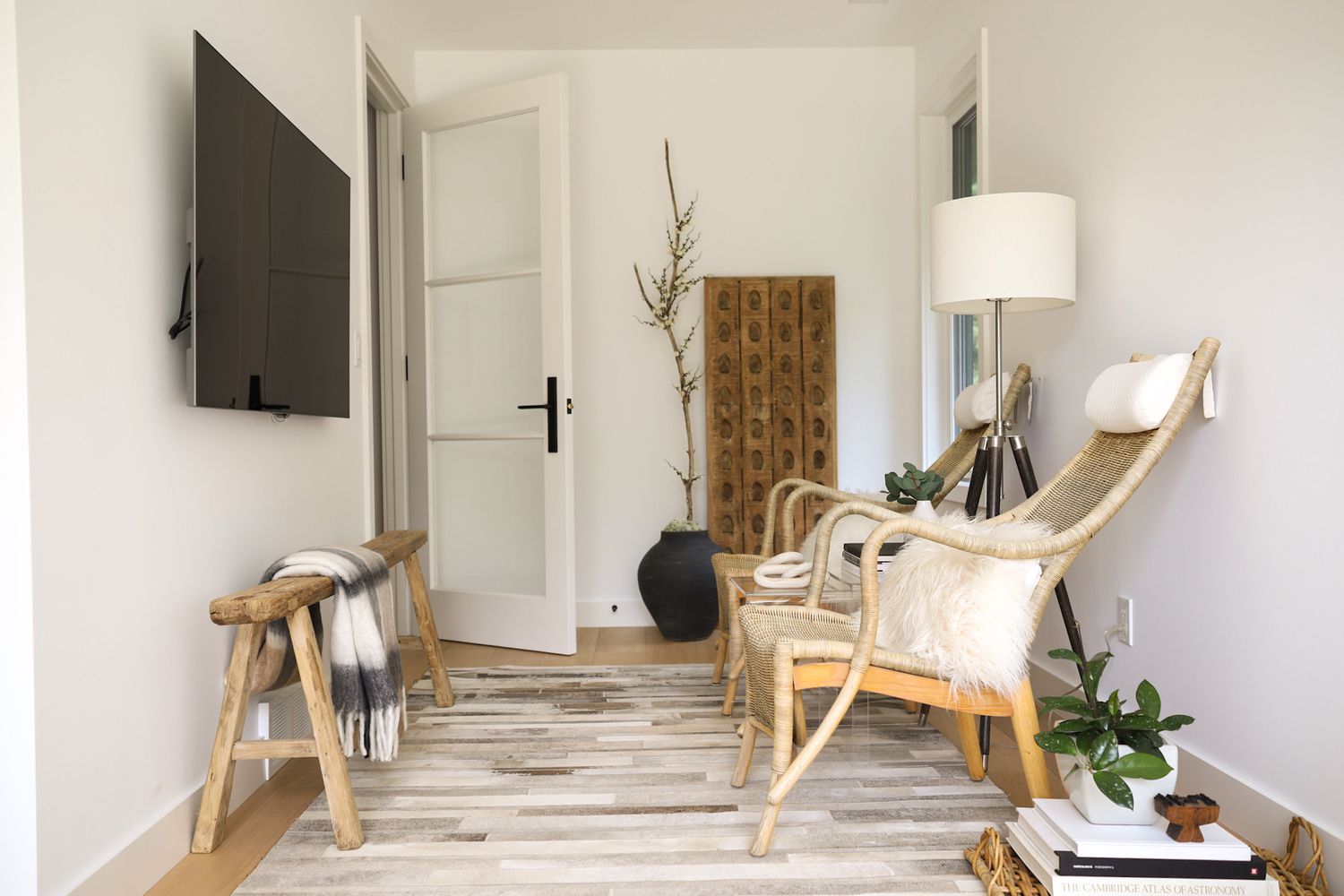
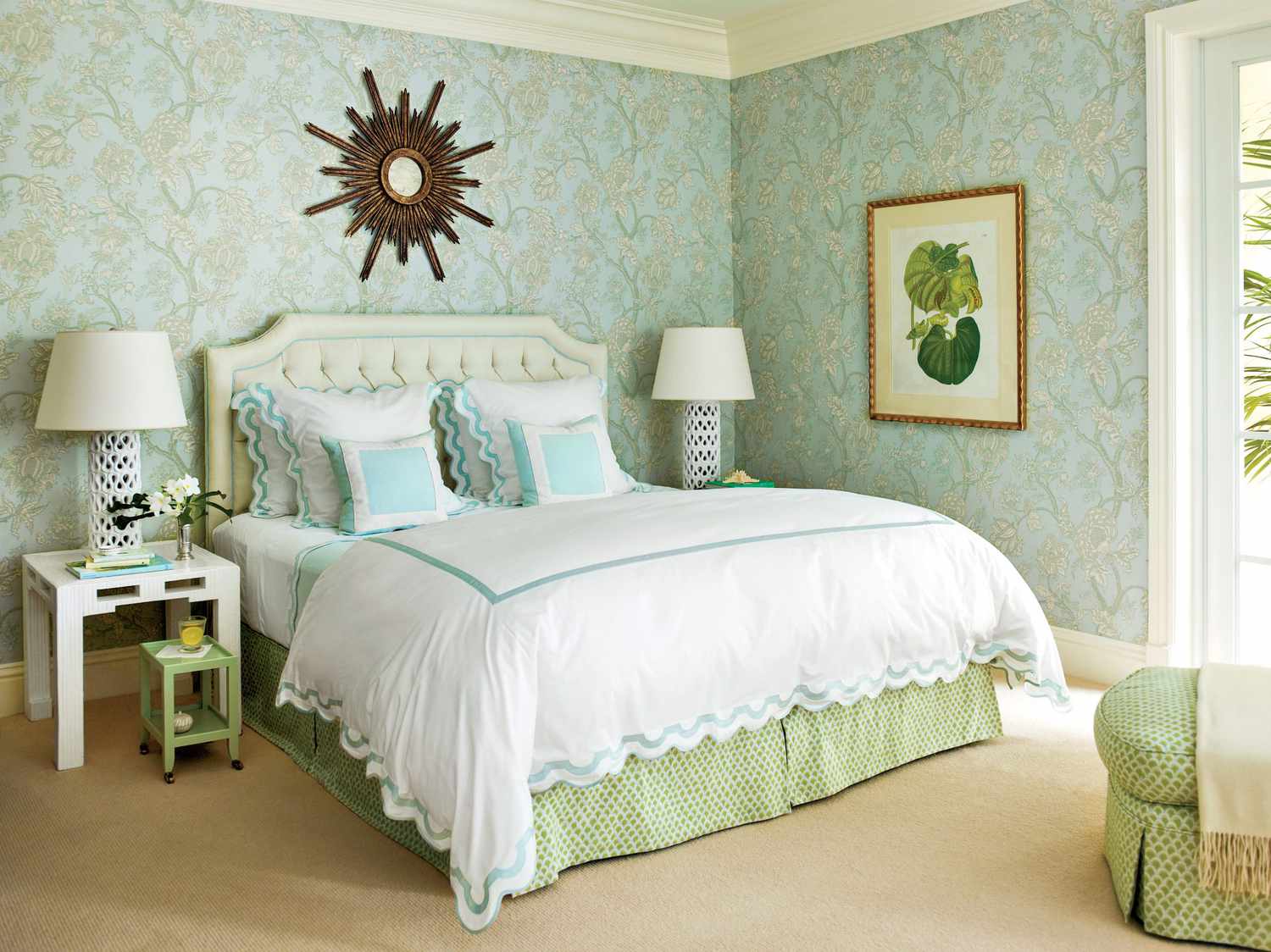

0 thoughts on “10 Space-enhancing Small Bedroom Design Tricks I Always Use”